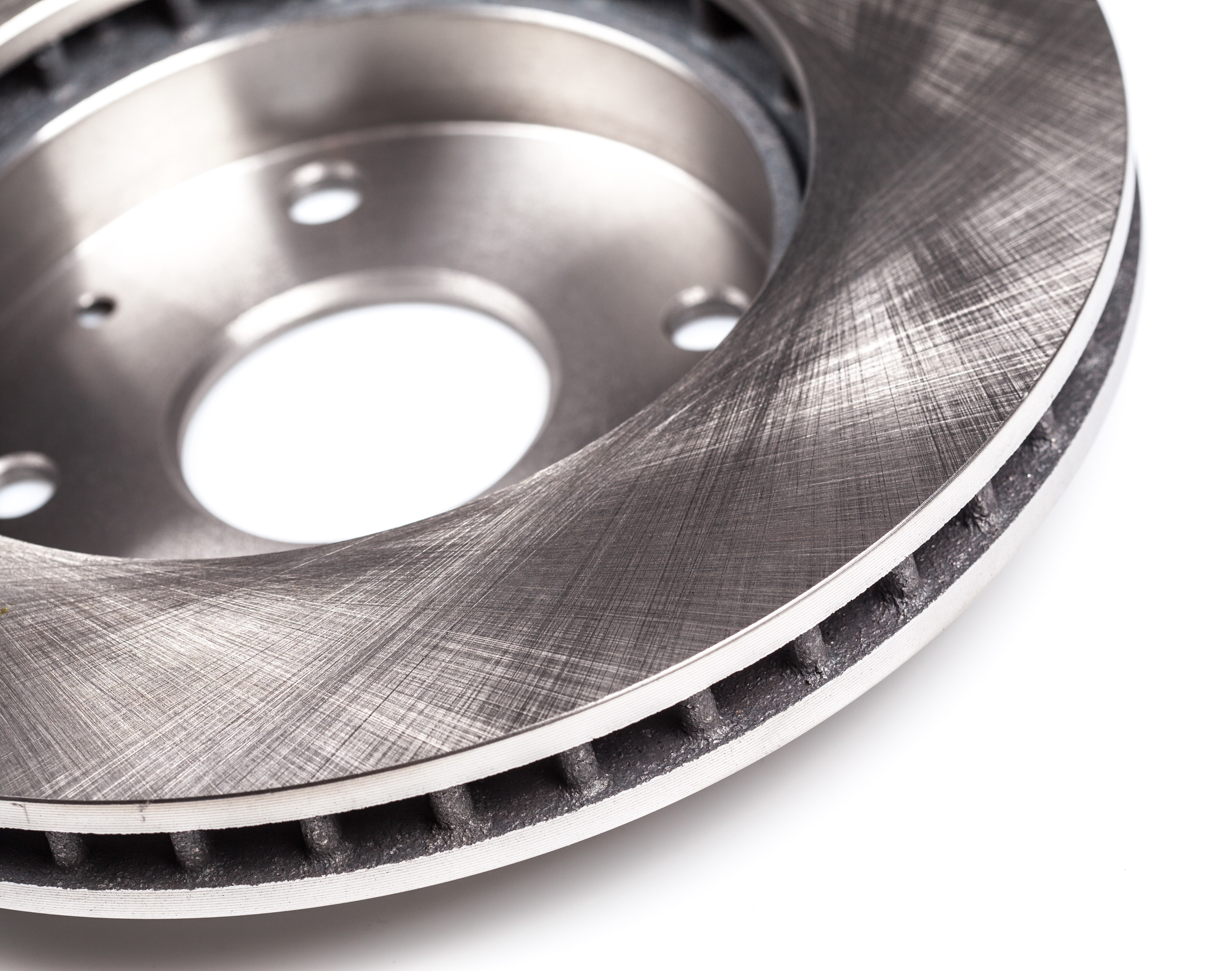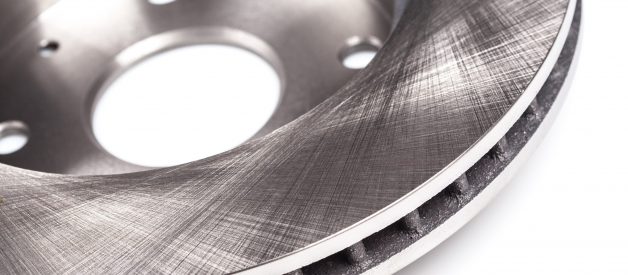By Michael Ailes
 Brake Rotor
Brake Rotor
If you have owned or leased a vehicle for any length of time, you know that the brakes need to be serviced routinely. The brake pads responsible for stopping your car, truck, or SUV contain friction-producing materials that wear with use. Whether you learned that from your parents when you first started driving or you figured it out by reading the service and maintenance schedule that came with your car ? or you found out from a mechanic after you heard a horrible grinding sound when you pressed on the brake pedal ? you understand that eventually your brake pads need to be replaced.
But now you are being told that the brake rotors need to be replaced too. Is someone just blowing smoke ? trying to sell you something you really don?t need ? or does your car really need brake rotor replacement?
What are brake rotors and why might they go bad?
Most modern vehicles feature two- or four-wheel disc brake systems. When you apply pressure to the brake pedal, hydraulic fluid in the system transfers force to a clamping mechanism called a brake caliper. The brake caliper squeezes together a pair of brake pads that are sandwiched around a heavy spinning disc called a rotor. A brake rotor is attached to each wheel on the car. So when you mash on the brakes, the clamping force of the calipers (through the brake pads) creates friction that slows and stops the wheels, effectively converting the kinetic energy of your vehicle-in-motion into thermal energy intended to bring your vehicle to a safe stop.
Now, the material on the brake pads wears down after a while and the pads need regular replacement ? every 40?50k miles or so, although that depends on the type of brake pad and your style of driving. But all of the friction caused during the braking process can also damage the metal brake rotors. For instance, excessive heat from sudden or aggressive stops, or from ?riding the brakes?, can cause the rotors to warp. Aggressive braking can also wear the rotors down, as can certain types of brake pads. And failure to replace the pads at the right time can cause the metal backing plates on the brake pads to contact the rotors and create grooves or gouges.
When a rotor becomes warped, gouged, or just plain worn thin, the effectiveness of the brake system diminishes, reducing the safety of the vehicle. And further damage can occur if the problem is not addressed.
What About Brake Rotor Resurfacing?
Traditionally it has been common to have the existing rotors on a vehicle resurfaced whenever the brake pads are being replaced. Resurfacing, also known as ?turning? (as in having the rotors ?turned?), is a machining process where a thin layer of metal on each side of the rotor is removed in order to create a smooth and even surface for the new pads. If your car was getting a brake job, a technician would disassemble the brake calipers, pull out the old brake pads, remove the rotors from the vehicle, machine the rotors on a brake lathe, and reassemble everything along with new pads. Generally, if the rotors were not in too bad a condition, and if there was enough thickness for resurfacing to happen, a set of rotors could be resurfaced multiple times before needing replacement.
With today?s vehicles, fuel economy is a concern. Manufacturers are constantly looking for ways to make them lighter. One of those ways has been to include brake rotors that are thinner and weigh less. While lighter rotors may help to reduce vehicle weight, they also have a harder time dissipating the heat that builds up during braking. This can lead to warpage. They also have less material because they are thin. That means that they can wear down quicker and they have less material to machine should they warp or become grooved.
True, some brake rotors can still be resurfaced as long as they do not exceed the minimum tolerances recommended by the manufacturer. But the practice has become less common. Some manufacturers do not even recommend resurfacing. And, truth be told, the cost of brake rotors has come down enough in recent years that it has become cost effective to replace rather than resurface rotors in many cases.
When To Replace Brake Rotors
So, how do you know if your vehicle needs new brake rotors? Well, there are a few ways.
First, understand that it is common to have your brake rotors replaced when getting new brake pads. Maybe not every time. In fact, some manufacturers recommend simply replacing the brake pads themselves without resurfacing or replacing the rotors, as long as the rotors measure more than the minimum thickness and they spin true (are not warped). That would mean your first brake job or two could possibly include brake pads alone. But once the rotors wear down (often between 30?60k miles), they need attention.
If it is time for new brake pads and your rotors have been resurfaced in the past, it may be time to have them replaced. Since resurfacing removes material from the rotors, a technician will not machine them thinner than the minimum thickness requirement but will instead insist on rotor replacement.
Sometimes, you can almost tell on your own (or at least suspect) that your rotors need to be replaced by how the vehicle responds during braking. For instance, if you hit the brakes and hear a screeching or grinding sound, the friction material on the pads is probably gone and metal-on-metal contact is causing damage to your rotors. Most rotors cannot survive that kind of abuse and will need to be replaced. If you press on the pedal and feel a pulsating sensation or the vehicle shudders, the rotors may be warped. Again, many rotors are just not thick enough to repair warpage through resurfacing.
If you take your car in to a trusted repair shop for a routine brake inspection or replacement, or because you experience these braking problems, you can anticipate having the rotors replaced along with the brake pads. That is not always the case, but it is often the case.
Riverside Automotive | Author: Mike Ales | Copyright September 2018
This article is intended only as a general guidance document and relying on its material is at your sole risk. By using this general guidance document, you agree to defend, indemnify and hold harmless Riverside Automotive and its affiliates from and against any and all claims, damages, costs and expenses, including attorneys? fees, arising from or related to your use of this guidance document. To the extent fully permissible under applicable law, Riverside Automotive makes no representations or warranties of any kind, express or implied, as to the information, content, or materials included in this document. This reservation of rights is intended to be only as broad and inclusive as is permitted by the laws of your State of residence.


